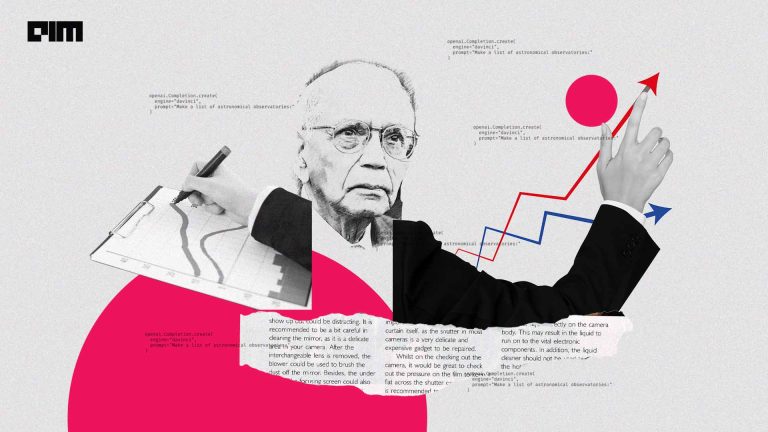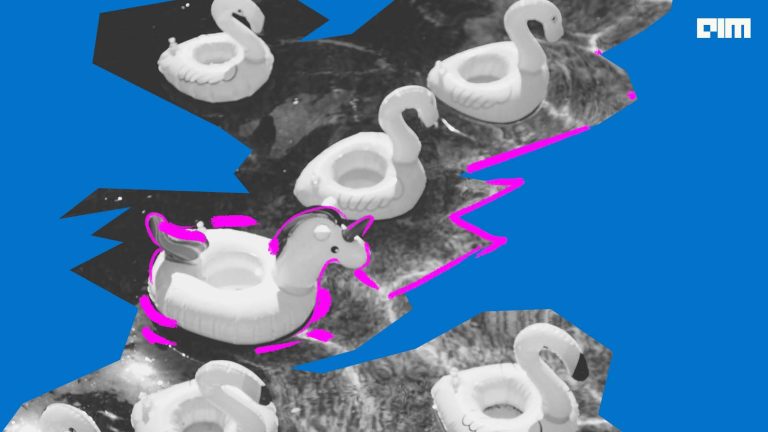In India, there’s a lack of appreciation of the need to cross-examine data, the responsibility of a statistician.”
– P.C. Mahalanobis
Known as one of the most premier institutes in the country, the Indian Statistical Institute (ISI) celebrated its 91st Foundation Day on December 17. Declared as an Institute of National Importance by the 1959 Act of the Indian parliament, ISI has carved out a name not only in the country but globally as a pioneer in statistics and mathematical education worldwide. It started out of the Statistical Laboratory set up by Prasanta Chandra Mahalanobis in Presidency College, Kolkata. ISI functions under the Ministry of Statistics and Programme Implementation (MOSPI) of the Government of India.
The key focus areas of the institute are statistics, computer science, operations research, and mathematical economics, with a research-oriented curriculum at the undergraduate and graduate levels. ISI has its headquarters in Bonhooghly (Baranagar), West Bengal. It has four subsidiary centres focused on academics at Delhi, Bengaluru, Chennai and Tezpur, and a branch at Giridih.
Image: Twitter
Neena Gupta of ISI Kolkata wins the prestigious Ramanujan Prize 2021
Though known for its numerous massive contributions to the field of computing, mathematics, and statistics, the institute recently added another laurel to the list. Neena Gupta, Mathematician and Professor at the Indian Statistical Institute in Kolkata, has been awarded the prestigious Ramanujan Prize 2021 for her outstanding work in algebraic geometry and commutative algebra. This award is given to researchers less than 45 years of age from developing countries in the field of mathematics. She is the fourth Indian mathematician and the third woman to win the award.
Prasanta Chandra Mahalanobis – Father of Indian Statistics
In the early 1920s, P.C. Mahalanobis set up the Statistical Laboratory within the folds of the Physics Laboratory at Presidency College. This was intended for an informal setting for advanced studies and research in statistics. At this time, P.C. Mahalanobis started a study on the application of statistical methods in Anthropometry, which later led him to the formulation of Generalised Distance or D-square Statistics. Later, this came to be ‘Mahalanobis D-square’ or ‘Mahalanobis distance’ (used in multivariate statistics and other related fields), after Sir Ronald A Fisher accepted the approach suggested by Dr Mahalanobis.
In 1950, at the Indian Science Congress, he gave his famous presidential address entitled ‘Why Statistics?’. He also started ‘Sankhya: the Indian Journal of Statistics’ to fuel the growth of statistical research in India and is the initiator of the National Sample Survey.
Some Major Scientific Contributions
Bhattacharyya distance, Bhattacharyya coefficient
Renowned statistician Anil Kumar Bhattacharyya who worked at ISI during its initial days, is credited with introducing the measures’ Bhattacharyya distance’ and ‘Bhattacharya coefficient’. In 1943, in a Calcutta Mathematical Society paper, Bhattacharyya defined a cosine metric for the distance between distributions. This measure finds wide usage in comparing statistical samples in biology, physics, computer science, etc.
Five-year plans
The second five-year plan followed the Mahalanobis model. This type of model figures out the optimal allocation of investment between productive sectors in order to maximise long-run economic growth. It shifted attention to industrialisation (domestic production of industrial products) from agriculture.
First Indian Analog Computer
Renowned Indian scientist and mathematician Samarendra Kumar Mitra built India’s first computer, an electronic analogue one, at ISI Kolkata. It was used in the computation of numerical solutions of simultaneous linear equations using a modified version of Gauss-Seidel iteration. He was the founder and first head of the Computing Machines and Electronics Division at ISI Kolkata.
ISI also hosted the first two digital computers in South Asia – the HEC-2M from England in 1956 and the URAL from the Soviet Union in 1959.
Cramér–Rao Inequality and Rao-Blackwell Theorem
The famous mathematician and statistician C R Rao’s two major theorems of Statistical Inference, known as Cramér–Rao inequality and Rao-Blackwell Theorem, and introduction of orthogonal arrays in Design of Experiments happened during his tenure at ISI.
To know more about the courses ISI offers, click here.




















































































